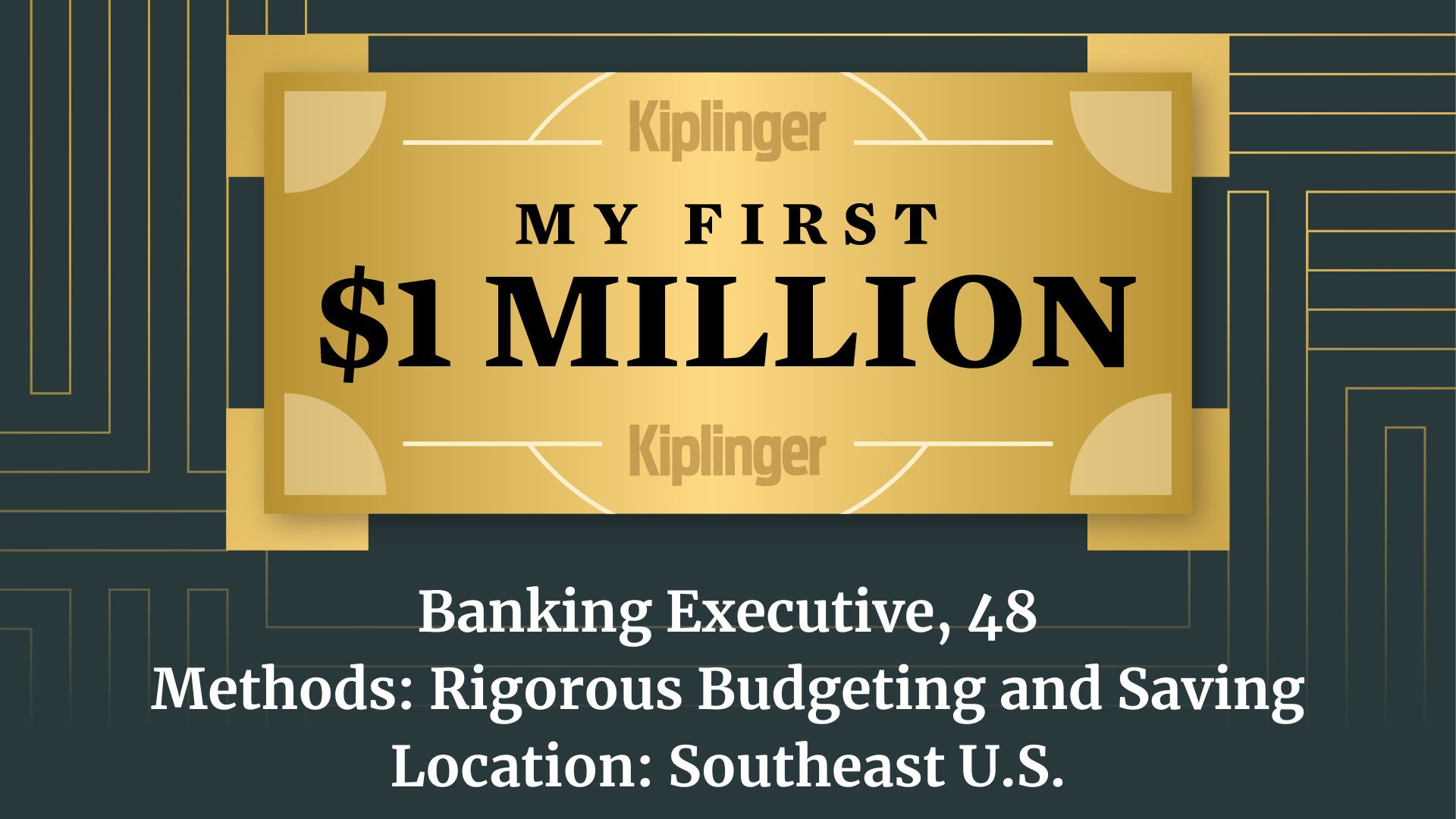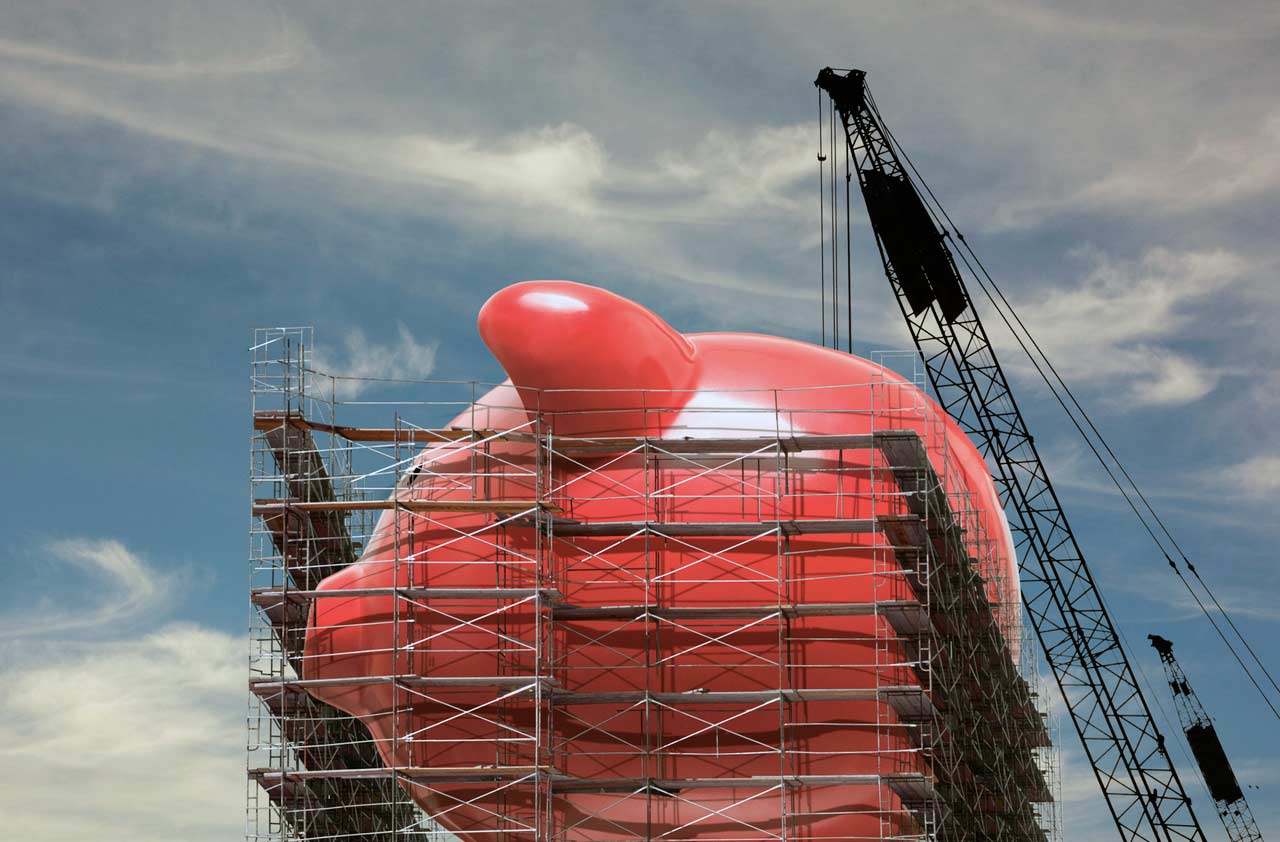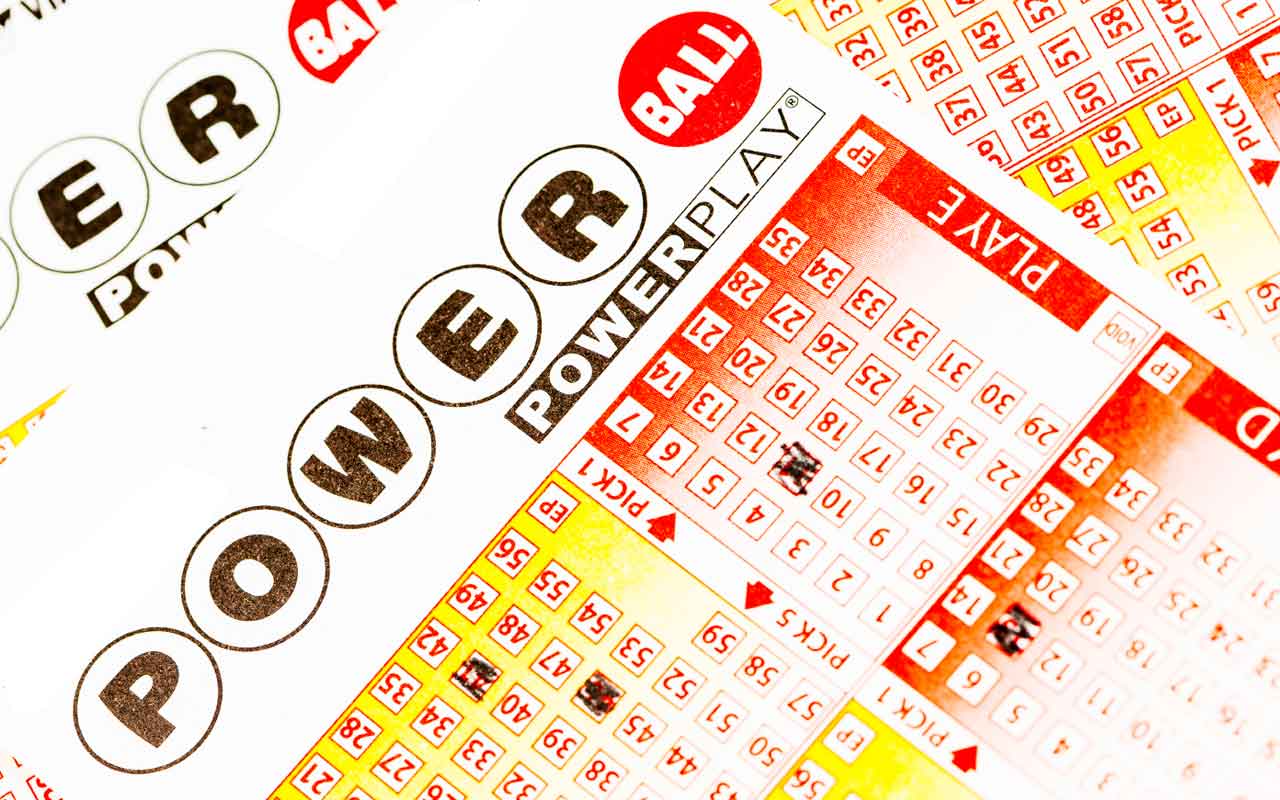Earn Up to 10% a Month on Your Investments (If You Like Risk)
Think this sounds like a scam? It's not.
Think this sounds like a scam? It's not. Our senior investing editor Jeff Kosnett sifted through piles of historical and current data from bond funds, ETFs, trusts and stocks looking for the highest and most reliable dividend-paying sources. Then he configured three portfolios to suit investors with various risk levels.
These investments are paid out monthly and are good for those who need more income now, versus 20 years from now.
See what it takes to maximize your dividend income?
From just $107.88 $24.99 for Kiplinger Personal Finance
Become a smarter, better informed investor. Subscribe from just $107.88 $24.99, plus get up to 4 Special Issues

Sign up for Kiplinger’s Free Newsletters
Profit and prosper with the best of expert advice on investing, taxes, retirement, personal finance and more - straight to your e-mail.
Profit and prosper with the best of expert advice - straight to your e-mail.
Kosnett's High-Risk, High-Yield Plan for the Recession Aftermath
Estimated yield: 9.5%
1. Put 35% in energy trusts.
Energy is still the leading category tohunt for high current income. The typical royalty trust or masterlimited partnership is priced to yield about 10%. Cross Timbers Royalty Trust (CRT), Enerplus, Penn West Energy Trust (PWE) and Provident Energy Trust (PVX).All are fairly diversified. Avoid trusts that sell only natural gas.Gas should be a good long-term investment, but there's a surplus of itnow and its price will stay depressed longer than oil's price will.
2. Put 20% in bank-loan funds.
The best no-load, open-end fund in this category is Fidelity Floating Rate High Income Fund (FFRHX). Among leveraged, closed-end funds, two possible choices are BlackRock Floating Rate Income Strategies Fund (FRA) and BlackRock Floating Rate Income Strategies II (FRB).In early May, both sported high yields, and their share prices tradedat discounts to the value of their underlying assets (that's a must ifyou invest in a leveraged closed-end).Two parts Fido to one partBlackRock sounds like a good recipe.
3. Put 15% in corporate junk bonds.
Vanguard's low-cost, no-load offering, Vanguard High-Yield Corporate (VWEHX), is the first choice here. Loomis Sayles Bond Fund (LSBRX)is really more of a go-anywhere fund, but it usually holds asubstantial amount of its assets in junk bonds and emerging-marketsbonds, as well as investment-grade corporates. The fund, a member ofthe Kiplinger 25, yields about 9.7% and complements the Vanguard fund well.
4. Put 15% in real estate.
The anchor of every check-a-month plan should be Realty Income (O).This is a high-quality, one-of-a-kind REIT that calls itself theMonthly Dividend Company. It owns more than 2,000 properties leased towell-known retailers and restaurant chains. Realty Income has paid 463consecutive monthly dividends. Not every streak is solid these days,but this one is as close as you can get to a sure thing. Plus, theshare price fell far less than that of most REITs during the market'sdownturn. Realty Income yielded 8% in early May.
5. Put 10% in preferred stocks.
The PowerShares Preferred Portfolio (PGX)is an unleveraged ETF that passes through dividends from an array ofpreferred bank and utility stocks. It has stabilized after losing halfits value from May 2008 to February 2009.
6. Put 5% in emerging-markets bonds.
Two ETFs, iShares JPMorgan U.S. Dollar Emerging Markets Bond (EMB) and PowerShares Emerging Markets Sovereign Debt (PCY),invest in bonds from such places as Russia, Brazil, Turkey, Indonesiaand Mexico. After running into trouble in the fall of 2008, the funds,both of which pay monthly, have rebounded handsomely.
If this portfolio combination carries more risk than you're finances can handle, see Kosnett's plans for conservative and moderate risk investors.
Note: By clicking on the link above, you can also ask Jeff questions in the Comment Box on that article.
Profit and prosper with the best of Kiplinger's advice on investing, taxes, retirement, personal finance and much more. Delivered daily. Enter your email in the box and click Sign Me Up.
-
 How to Safely Open an Online Savings Account
How to Safely Open an Online Savings AccountOnline banks offer generous APYs that most brick-and-mortar banks can't match. If you want to make the switch to online but have been hesitant, I'll show you how to do it safely.
-
 7 Ways to Age Gracefully Like the Best Stock Photo Seniors
7 Ways to Age Gracefully Like the Best Stock Photo SeniorsAs a retirement editor, I've gleaned valuable wisdom (and a lot of laughs) from one older couple that tops the seniors' stock photo charts.
-
 My First $1 Million: Banking Executive, 48, Southeast U.S.
My First $1 Million: Banking Executive, 48, Southeast U.S.Ever wonder how someone who's made a million dollars or more did it? Kiplinger's My First $1 Million series uncovers the answers.
-
 Disrupter Deal: Trade Stocks Commission-Free
Disrupter Deal: Trade Stocks Commission-Freeinvesting There's no minimum to invest. Just sign up, link your bank account and enjoy the savings.
-
 Retailer Data Breaches in 2018: Was Your Favorite Store Hacked?
Retailer Data Breaches in 2018: Was Your Favorite Store Hacked?Scams Find out which retail chains have been hit and where you can go for help to protect yourself from identity theft, scams and financial fraud.
-
 What You Must Know About the Fiduciary Rule
What You Must Know About the Fiduciary RuleFinancial Planning Be sure your financial pro is looking out for your best interest.
-
 How to Vet a Financial Adviser
How to Vet a Financial AdviserFinancial Planning Be sure to interview a few options and check into their backgrounds before hiring someone.
-
 4 Steps to Avoiding Investment Scams
4 Steps to Avoiding Investment ScamsMarkets Be sure to invest safely.
-
 4 Tips to Build a Better 401(k)
4 Tips to Build a Better 401(k)investing Keys to getting the most out of your plan.
-
 5 Better Investments Than Powerball
5 Better Investments Than Powerballsavings Your odds of getting a good return on your money are much higher than winning the lottery.
-
 Great Free and Low-Cost Online Tools to Manage Your Money
Great Free and Low-Cost Online Tools to Manage Your MoneyFinancial Planning These online resources will help you get your finances in order.